Idea by
Nelson Brito; Rute Castela
Common Efficacy
https://www.researchgate.net/profile/Nelson_Brito3
Call for ideas 2018
Common Efficacy: from Buildings to inclusive Neighborhoods
Common Efficacy: from Buildings to inclusive Neighborhoods
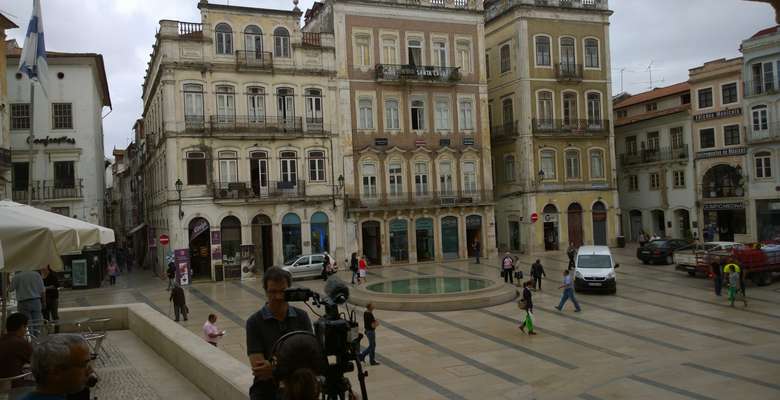
Climate change mitigation, sustainability, energy efficiency, energy security, resilience and inclusion are (contradictory) collective issues that architecture must solve; and collective issues cannot be solved individually.
By targeting a single objective, and a single building, energy efficiency measures are imposed to buildings that embraced decades and centuries of change, forcing them to achieve goals they were never designed to provide or endure: costs become too high and failures occur in delivering measurable results, comfort and safety to their users.
Common Efficacy demonstrates that architecture can match the complex global macroscale requirements with the mesoscale potential of neighborhoods and the microscale detail of individual needs and expectations.
We propose, and demonstrate, that architects are key to engage the stakeholders and strategies that better match each neighborhood and to propose effective measures that people embrace and reproduce as their own.

Detailed assessments are progressively less expensive. Scale can render these processes more effective and significantly reduce costs.

Digital reconstructions from point clouds facilitate BIM/BEM (Building Information/Energy Models) development, while 3D printed scale models help to illustrate complex realities.
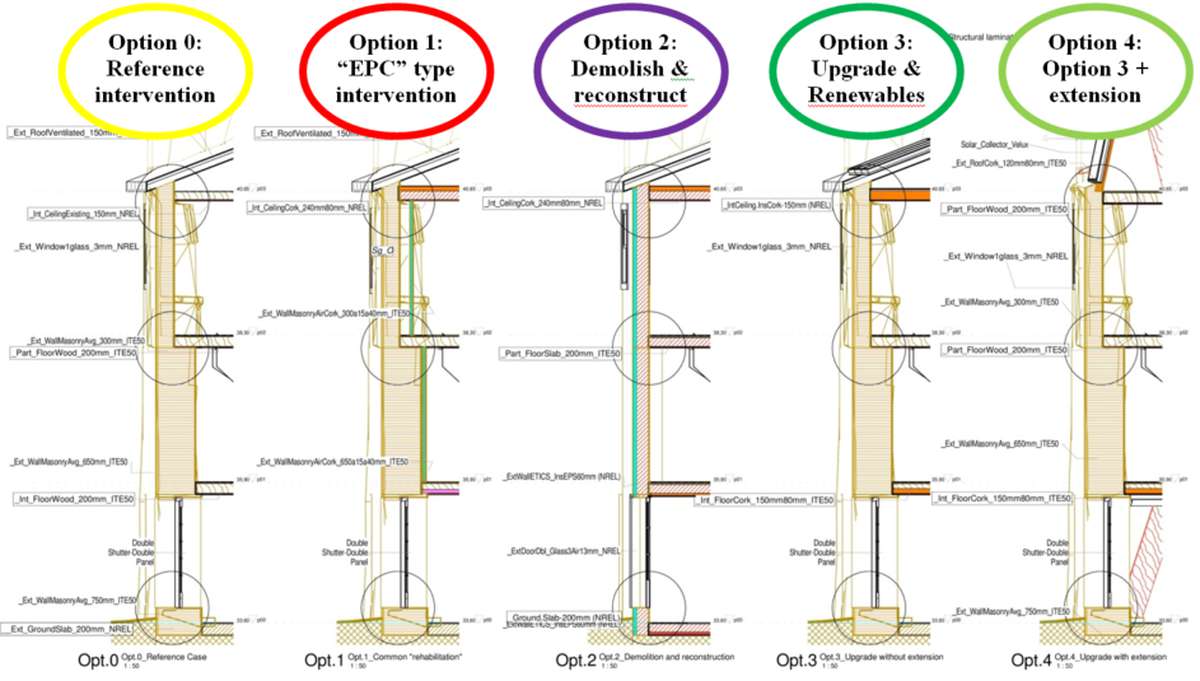
Comparing intervention options in representative buildings is key to understand those that better match local and global constraints, while keeping a close look at intervention costs. Although these comparisons are often too expensive for individual buildings, in neighborhood scale interventions they are essential to identify scale savings and to attract exterior investment.

The Energy Performance Certificates (EPC) intervention proposals are not necessarily the best options in terms of Initial Investment Cost payback, neither in Life Cycle Costs in 30 years, nor have the smallest impact in Global Warming Potential. More information available at the IEA Annex 56 leaflet shared by the author at http://www.iea-annex56.org/Groups/GroupItemID6/12.PT.pdf .
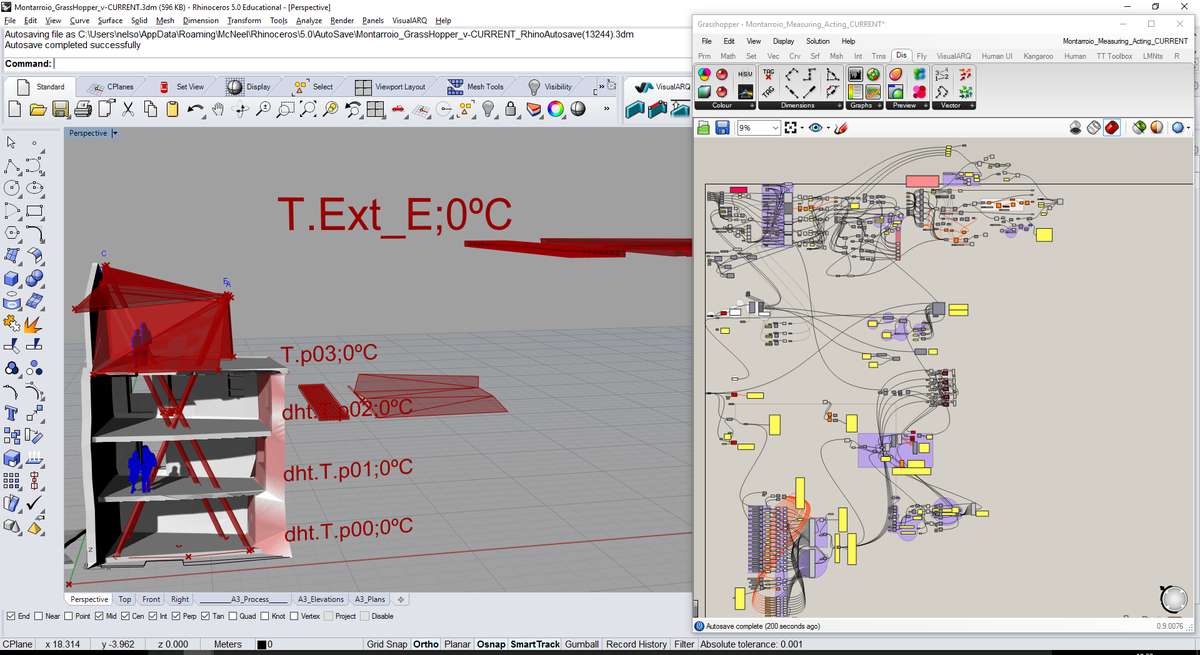
Parametric modelling can be used to streamline findings from representative buildings to a neighborhood. The adequate assessment, depiction and parametric representation of neighborhood scale upgrade interventions increases learning curves and reduces contextual, contracting, operational and maintenance costs, making "nearly Zero Energy" districts a feasible goal.
We have the knowledge and multidisciplinary team skills, we just need to creatively evolve from buildings to neighborhoods.
Common Efficacy: from Buildings to inclusive Neighborhoods
Common Efficacy: from Buildings to inclusive Neighborhoods

Climate change mitigation, sustainability, energy efficiency, energy security, resilience and inclusion are (contradictory) collective issues that architecture must solve; and collective issues cannot be solved individually.
By targeting a single objective, and a single building, energy efficiency measures are imposed to buildings that embraced decades and centuries of change, forcing them to achieve goals they were never designed to provide or endure: costs become too high and failures occur in delivering measurable results, comfort and safety to their users.
Common Efficacy demonstrates that architecture can match the complex global macroscale requirements with the mesoscale potential of neighborhoods and the microscale detail of individual needs and expectations.
We propose, and demonstrate, that architects are key to engage the stakeholders and strategies that better match each neighborhood and to propose effective measures that people embrace and reproduce as their own.

Detailed assessments are progressively less expensive. Scale can render these processes more effective and significantly reduce costs.

Digital reconstructions from point clouds facilitate BIM/BEM (Building Information/Energy Models) development, while 3D printed scale models help to illustrate complex realities.
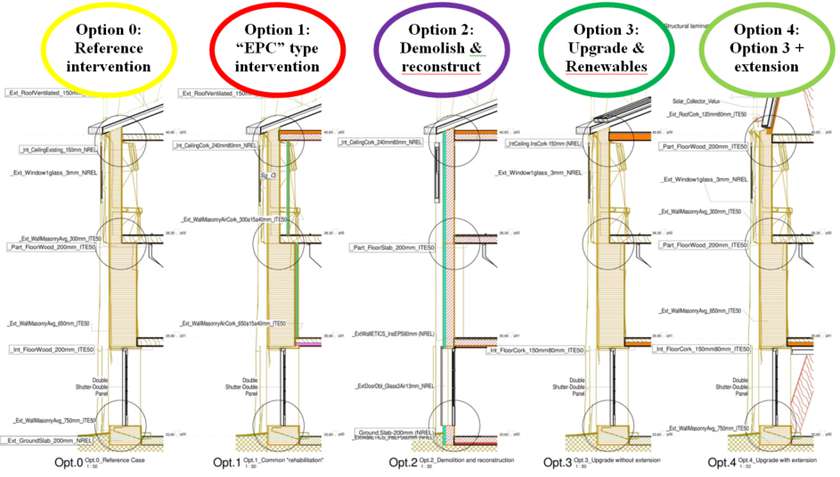
Comparing intervention options in representative buildings is key to understand those that better match local and global constraints, while keeping a close look at intervention costs. Although these comparisons are often too expensive for individual buildings, in neighborhood scale interventions they are essential to identify scale savings and to attract exterior investment.
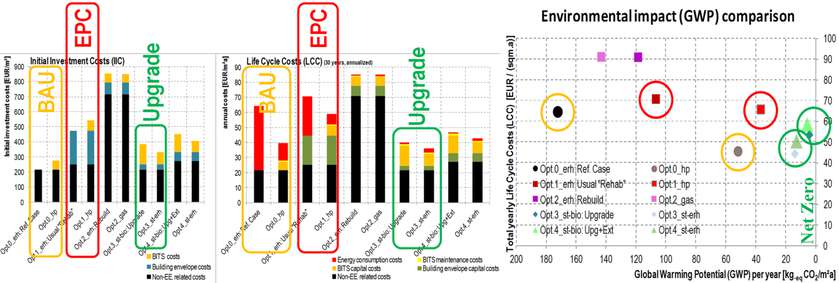
The Energy Performance Certificates (EPC) intervention proposals are not necessarily the best options in terms of Initial Investment Cost payback, neither in Life Cycle Costs in 30 years, nor have the smallest impact in Global Warming Potential. More information available at the IEA Annex 56 leaflet shared by the author at http://www.iea-annex56.org/Groups/GroupItemID6/12.PT.pdf .
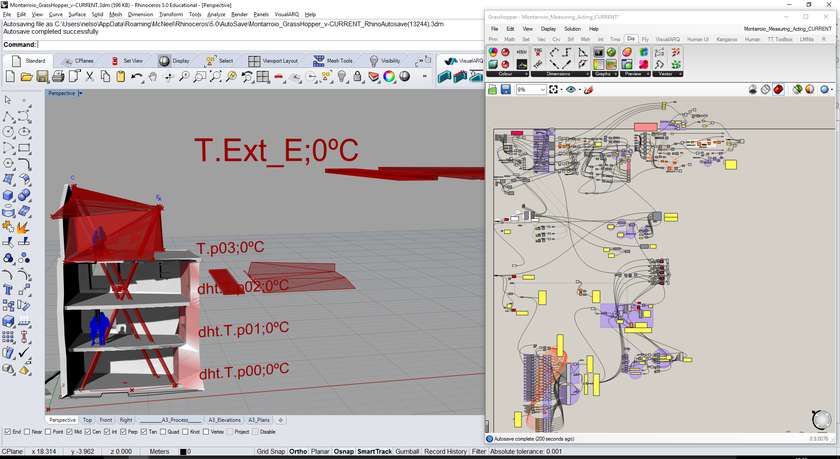
Parametric modelling can be used to streamline findings from representative buildings to a neighborhood. The adequate assessment, depiction and parametric representation of neighborhood scale upgrade interventions increases learning curves and reduces contextual, contracting, operational and maintenance costs, making "nearly Zero Energy" districts a feasible goal.
We have the knowledge and multidisciplinary team skills, we just need to creatively evolve from buildings to neighborhoods.